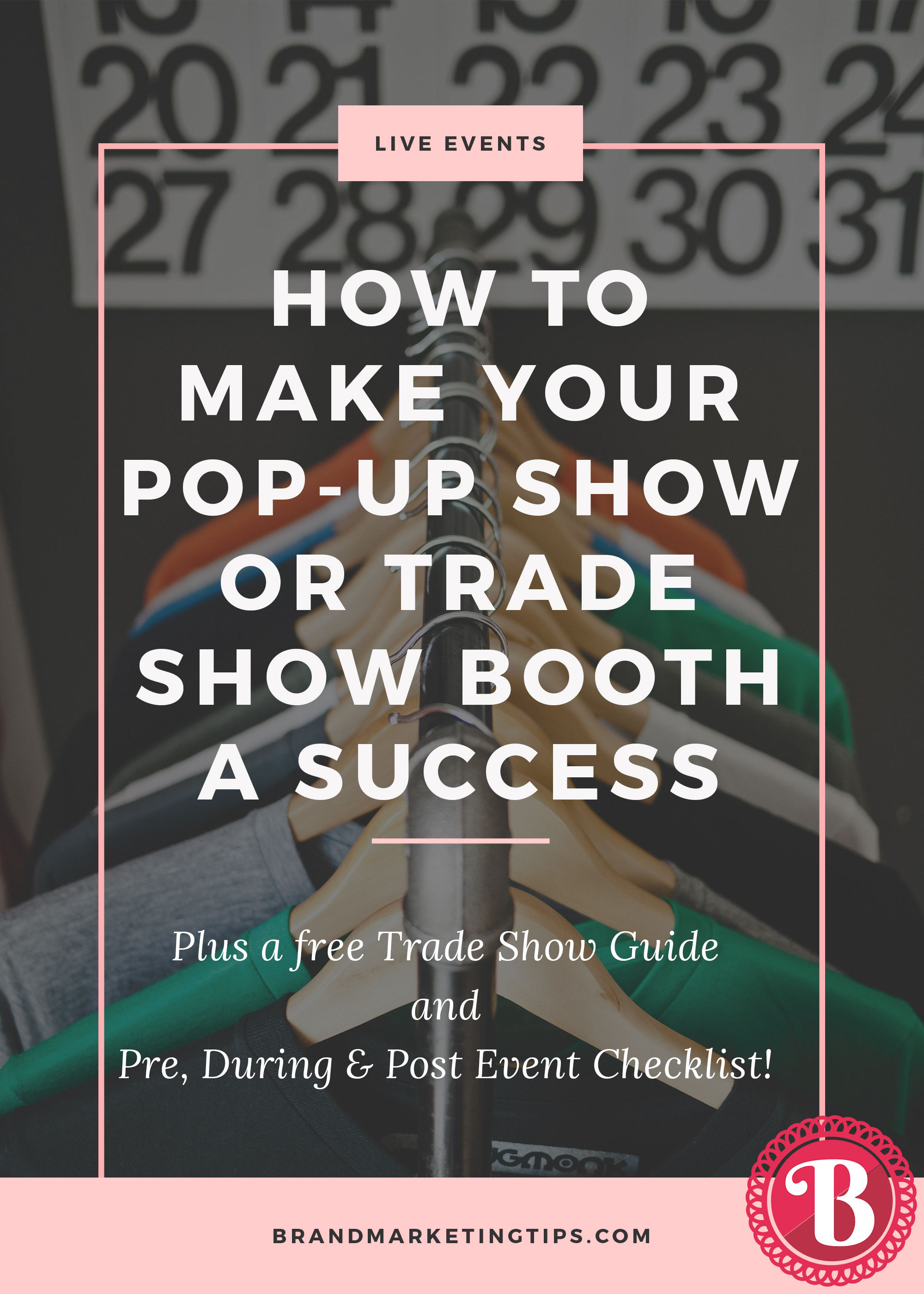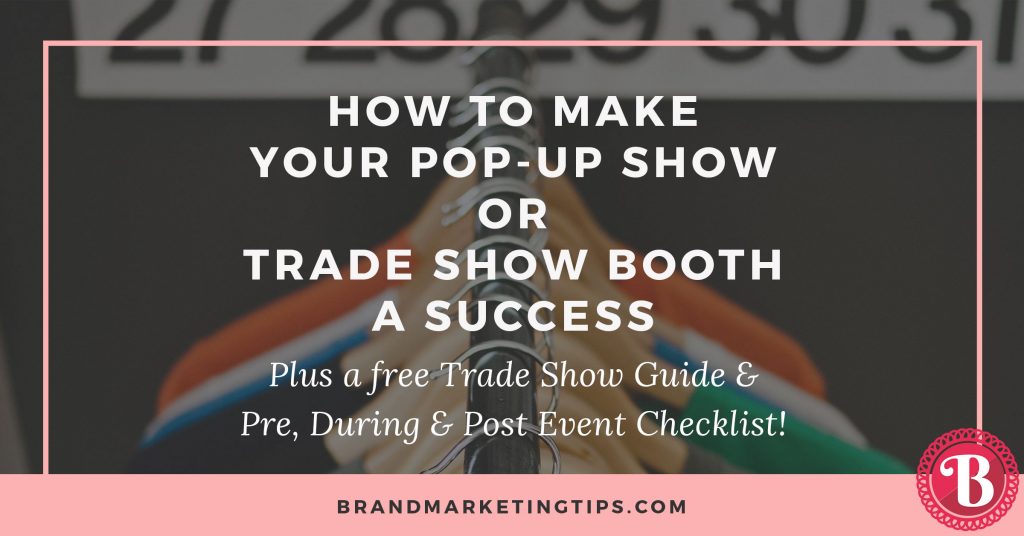
Follow along with our accompanying Trade Show Guide and our Pre, During & Post Event Checklist!
Years of experience have taught me the keys to ensuring the total investment you make pays off.
- Set Your Goals: What do you hope to achieve from this show? Set up a specific set of metrics (e.g., 50 leads, $500 in sales, 2 wholesaler orders) upfront so you can assess at the end whether you’ll do it again next year.
- Decide What to Display: This is one of your most important decisions leading up to the event. Your choices include: New items or collections, your most popular items, your most unique items, your highest margin items, the most seasonally relevant items, or the highest inventoried items you have. A focus and a theme are important to anchor your exhibit. Otherwise, it can come across as a cluttered mess.
- Grab Their Attention: Ensure there is a visual appeal to your exhibit. Don’t forget about the lighting, sound, and any interactive elements you may have. Consider having a place for conversation, and don’t forget to bring a select few promotional materials.
- Deliver Your Sales Story: This isn’t the time to be modest about your product! Make every conversation count. Practice giving a 30-second introduction to pull the customer in. It should include:
- The problem you solve for them
- How it’s better than the competition’s product
- The benefits of your product or service
- Note, if you are selling directly to the consumer, they may also be interested in your return/refund policy and how they can re-order from you in the future.
- Note, if you’re selling to a distributor or wholesaler, there are many more questions that you’ll need to be sure you can answer to be successful. Remember, they need to believe that their customers will buy. For example:
- That you have unique, “hot selling” product(s)
- That you can deliver a sufficient quantity of product
- That it’s easy to order from you + always available customer service
- That you provide them with display and promotional materials
- That you’ll recognize them in your marketing (e.g., your site) as a place to buy
- That your terms and conditions will net them a sufficient margin
- Capture Contacts & Follow-up: Your first priority is to get a sale, and your second priority is to get as many qualified names as possible. Use a customized landing page and sign up form on a tablet to capture each person’s contact info (a good old clip board works too). Also, ask questions to determine their specific needs and where in the buying cycle they seem to be. This allows you to be more targeted in your messaging when you do the follow up communication.
- Take photos of your trade show booth with customers around it. Post these on your social pages & website (get permission first, and consider using a model release form.) These can also be used for Public Relations activities.
- Analyze Your Results: Compare your actual results against your goals. Overall, give this investment a thumbs up or thumbs down. Recap any feedback or objections from the people that visited your trade show booth. Revise your sale story if required. Think about what the competition is doing and what it means for your business or product strategy.
- And, one more thing. Walk around the show. Don’t miss the opportunity to see what the competition is up to. Plus, if you have time, set up some “meet and greet” time with press or other influential attendees.
We have more tips and examples about how to make your pop-up show or trade show booth successful in our free Trade Show Guide and our Pre, During & Post Event Checklist!
Trade Show Guide
Exhibiting at trade shows, conferences, or pop-up shows is a great way to promote your product to a targeted audience. We share tips and examples about how to make your pop-up show or trade show booth successful in this guide.
You rock! Please check your email and click the download button inside to get your goodies.
Miriam Vializ-Briggs is a marketing consultant with 25+ years of marketing strategy and execution experience, garnered as an executive at IBM, American Express and Kraft General Foods. She has created solutions and marketing strategies in a number of industries including banking, biotech, packaged goods, energy, healthcare, industrial, insurance, restaurants, retail, and travel & entertainment.

